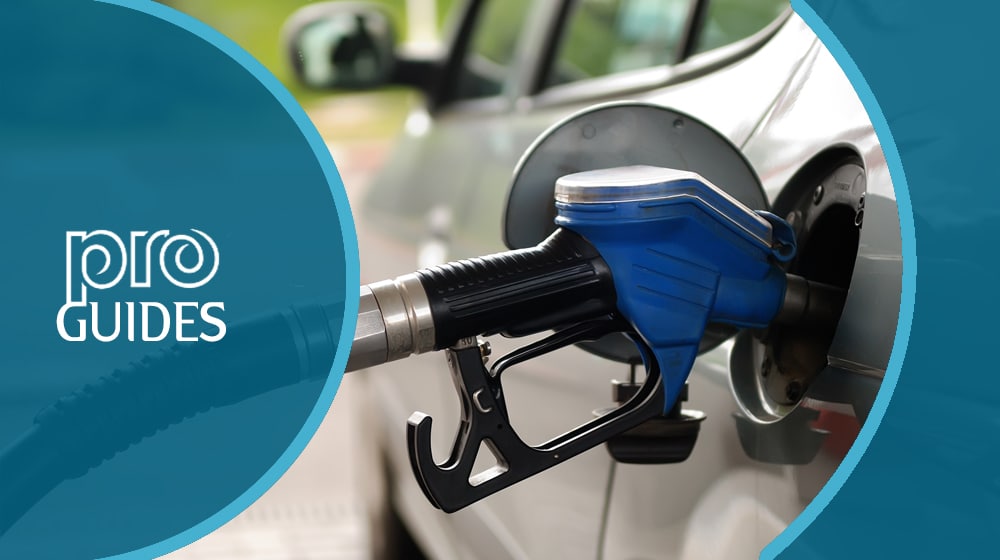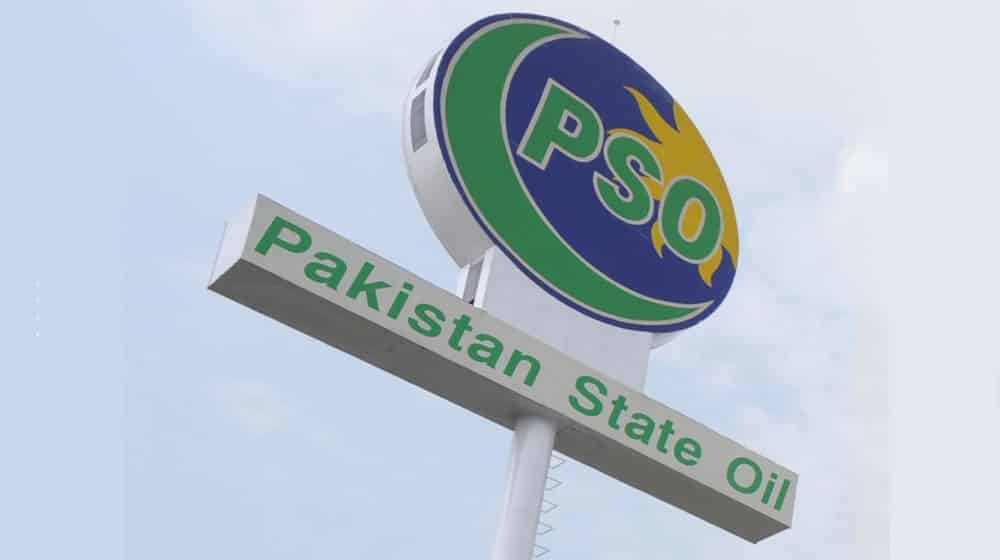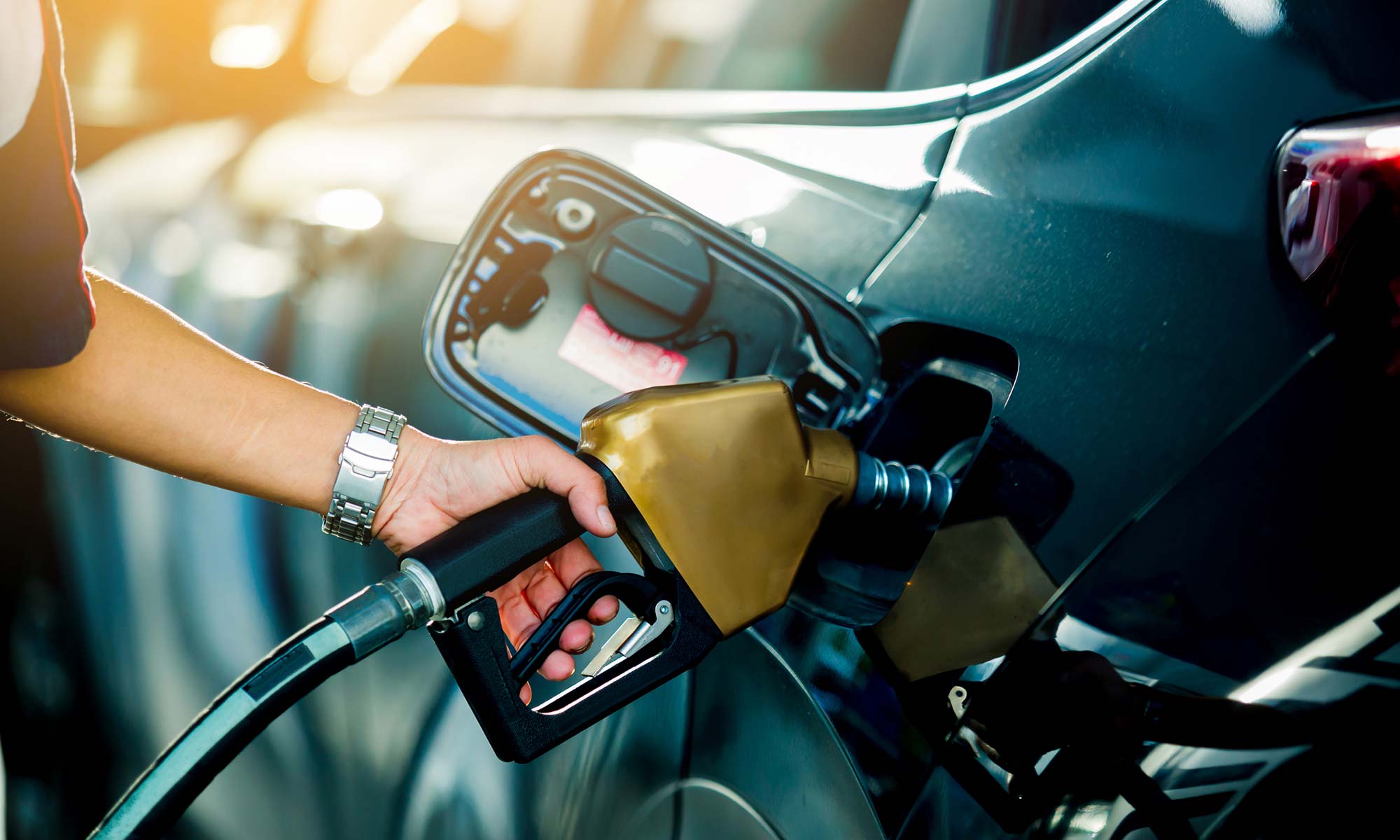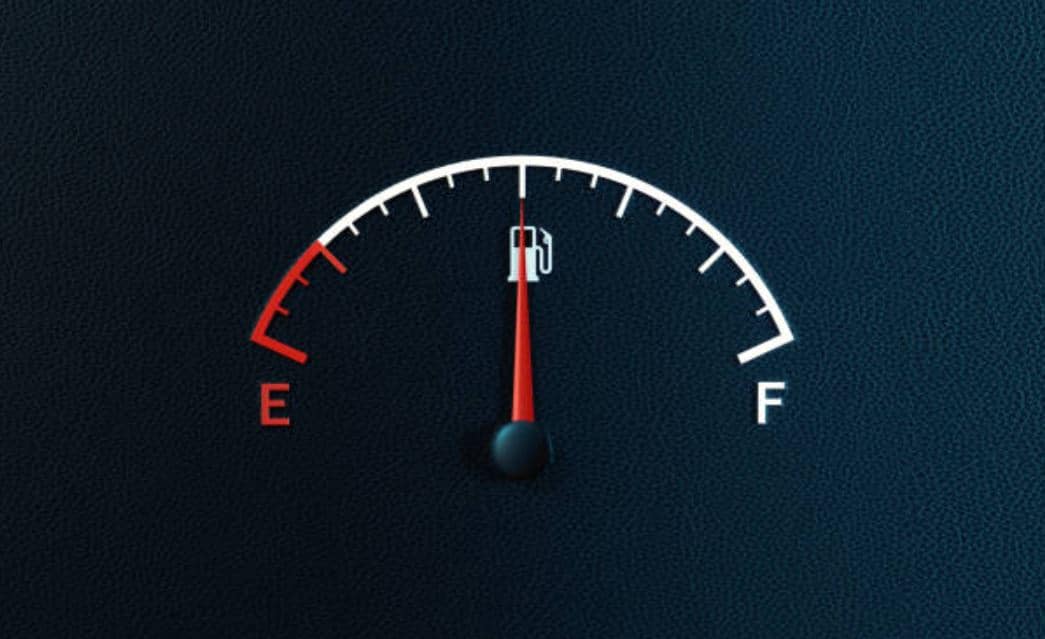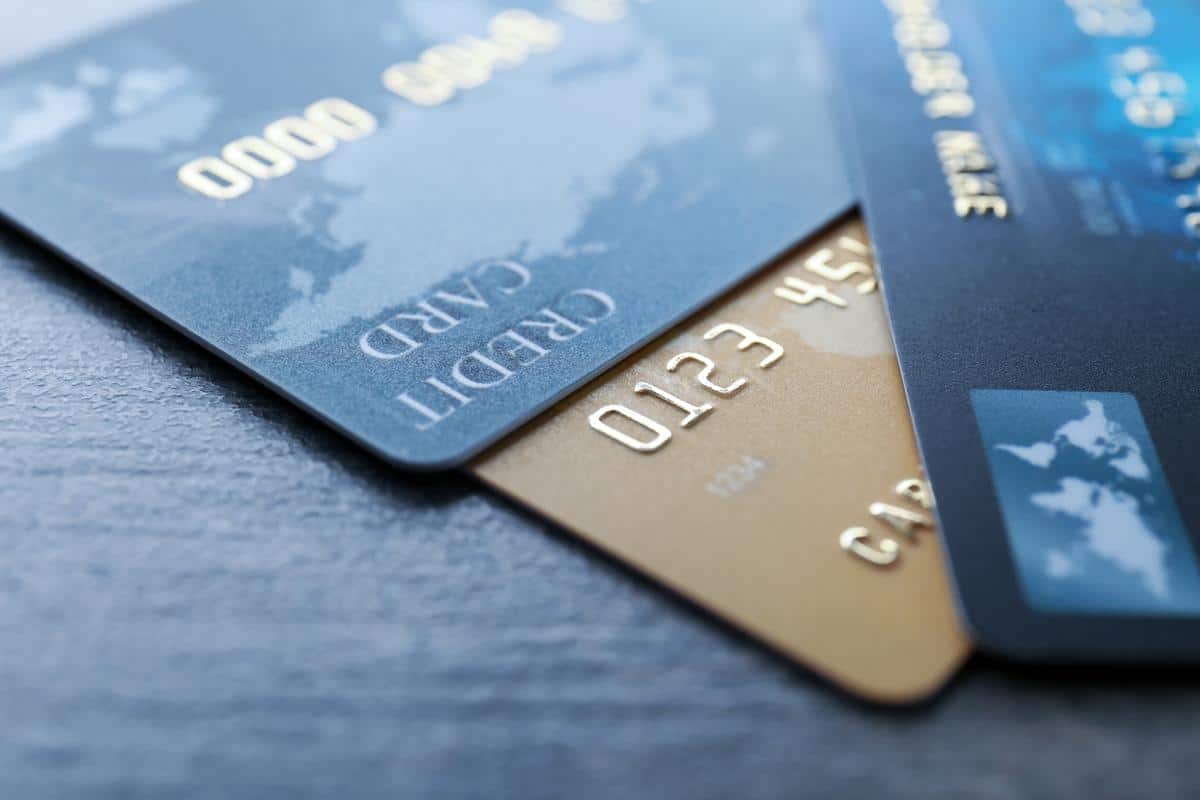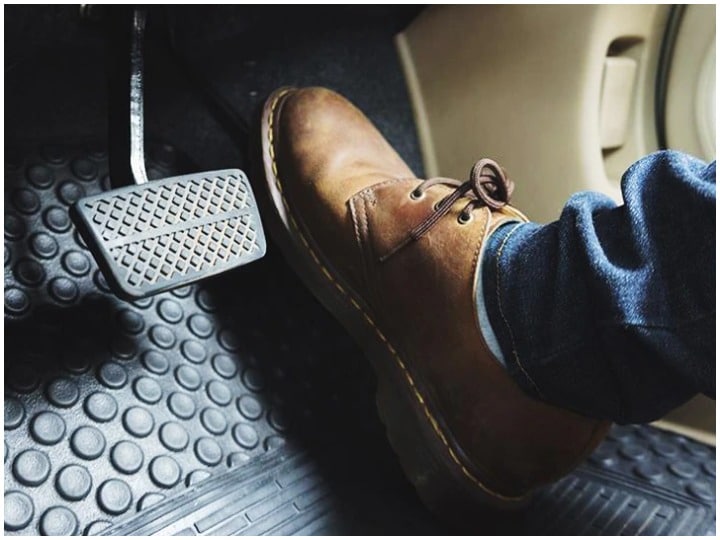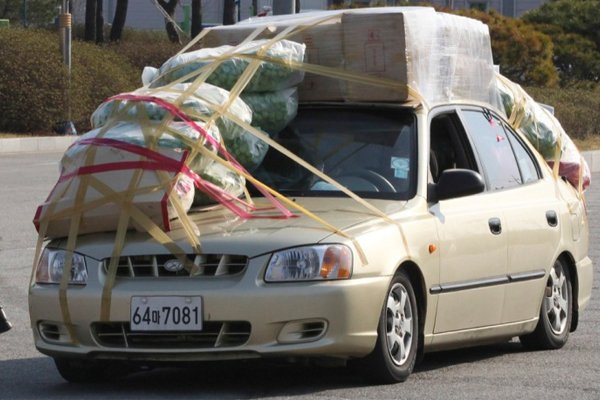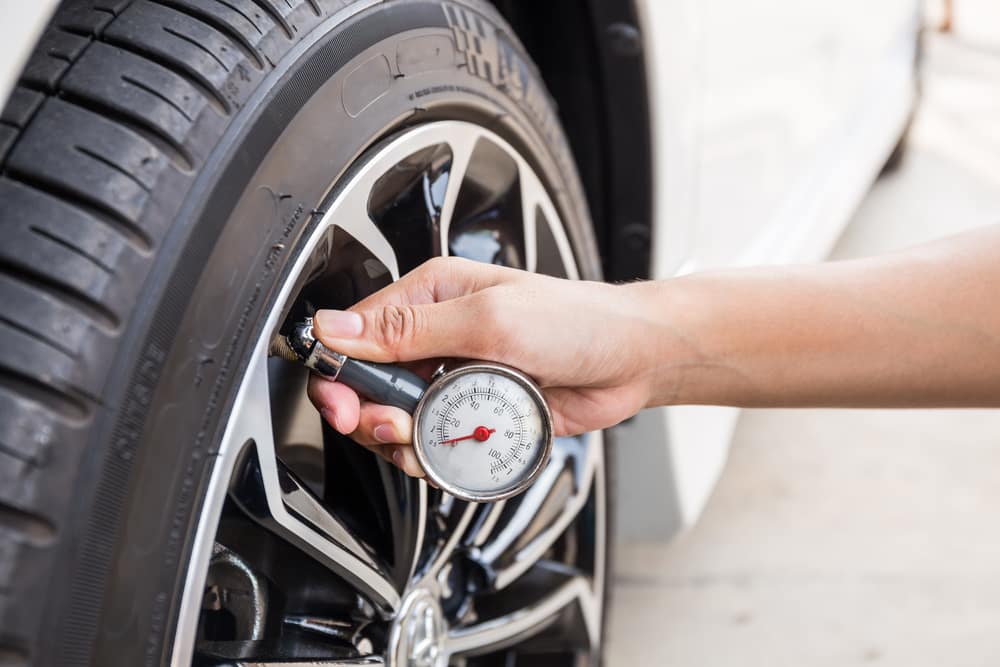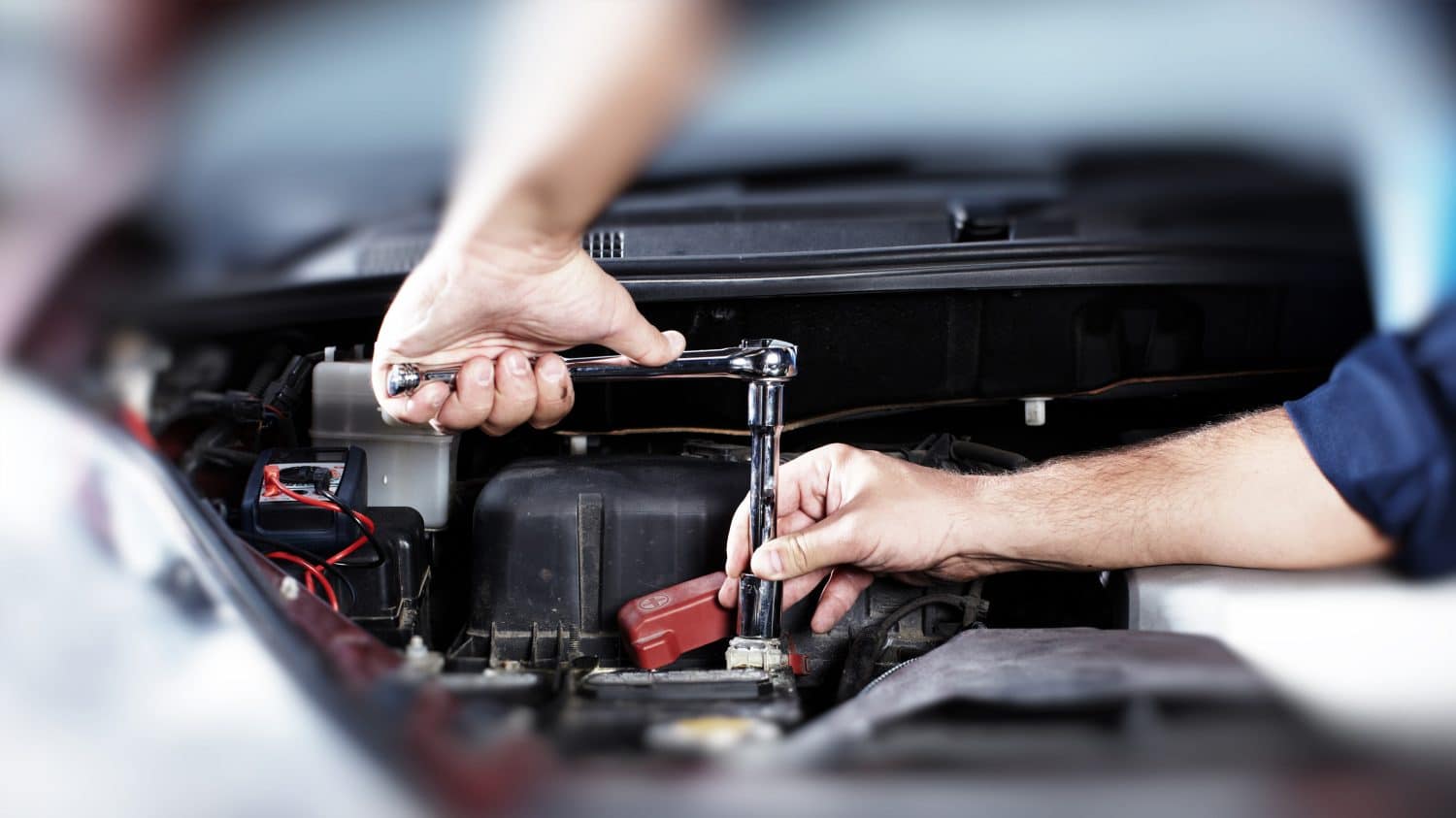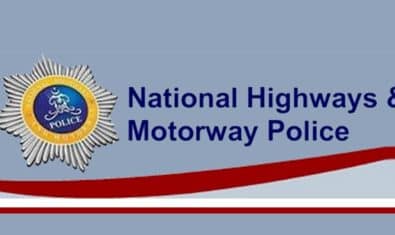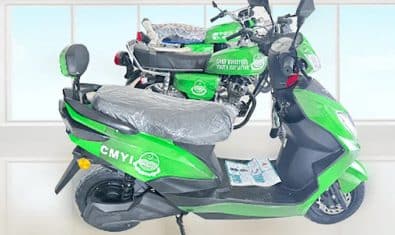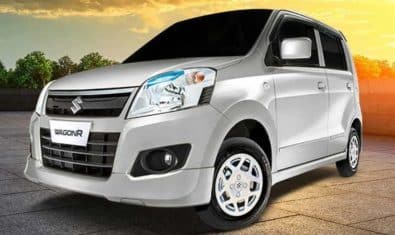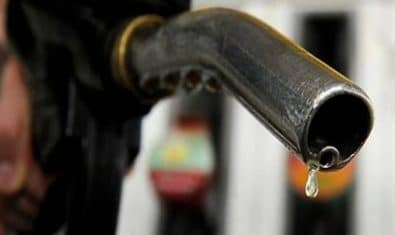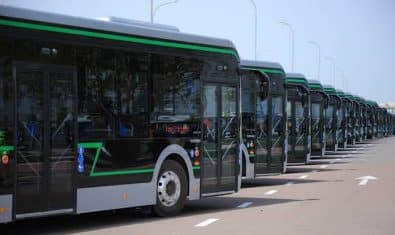Fuel expenses have become a major concern due to their soaring prices. Recently, fuel prices witnessed a hike of up to Rs. 30 per liter, pushing the prices of petrol and diesel up to Rs. 180/liter and Rs. 174/liter respectively.
Furthermore, the interim government’s deal with International Monetary Funds (IMF) requires it to reinstate petroleum levies and taxes, which could drive fuel prices up to Rs. 270/liter by June 30.
This has caused car drivers to shift to motorcycles in a bid to minimize their fuel expenses. While it seems to be a solution for some people, it is not viable for those who commute with their families on a daily basis.
This article will discuss some tips that can help you reduce your car’s fuel consumption by around 40 percent (i.e. Rs. 72 per liter discount).
Use Company-Operated Fuel Stations – Save up to 20%
Speaking of vigilance, it is important that you try to visit the company-operated fuel stations only. As is common knowledge, some franchised fuel stations tamper with their fuel dispensers to show higher readings.
Usually, on autofill mode, the meter starts running before the dispenser even begins to pump fuel into the tank. This results in the meter showing a higher reading after the fillup.
For example, if a car has a 40-liter fuel tank, a compromised dispenser would show a fillup reading of up to 45 liters. Therefore, it is advisable to either ask the staff member to manually fill up fuel — as it reduces the odds of wrong reading — or only visit company-operated service stations to avoid being scammed. This can save you between 20 percent (if you refuel petrol worth Rs. 1,000) to 5 percent (if you refuel worth Rs. 8,000).
Fillup Early – Save up to 5%
Try to fill up your vehicle early in the morning when the ground is still cold. All service stations have underground storage tanks. The colder the ground, the denser the fuel, and the less likely it is to vaporize. You also get more mass of fuel despite the same volume because of the colder temperature.
Note that when fuel gets warm, it expands and becomes prone to vaporizing. This is why buying fuel in the afternoon or evening can compromise the quantity. Specific gravity and temperature have a noticeable impact on the quantity and quality of petrol, diesel, and other petroleum products.
However, service stations do not have temperature compensation at the pumps, which warrants us to be vigilant.
Ask to Manually Refuel at Slow Speed – Save up to 2%
While refueling your car, ask the staff member not to squeeze the nozzle to pump faster. The trigger has three stages: slow, medium, and high. Slow mode pumps the fuel at low pressure, thereby minimizing vapors created from pumping.
All hoses at the pump have a vapor return. As petrol is a volatile liquid, fast rate pumping causes some of it to vaporize. Those vapors are then sucked up and back into the underground storage tank, not giving car owners their full money’s worth of fuel.
Keep Your Tank Half Full – Save up to 2%
One of the most useful tips is to refuel your car while its tank is half full. That is because the more fuel there is in the tank, the less air will occupy the empty space.
Petrol evaporates rapidly which results in wastage. Petroleum storage tanks have an internal floating roof, which serves as a barrier between the petrol and the air, minimizing evaporation.
Therefore, it is advisable not to leave the fuel tank more than half empty.
Use Discount Offers – Save up to 7%
There are certain credit cards, debit cards, or Oil Marketing Company (OMC) sponsored fillup cards that offer discounts at particular petrol stations. These cards offer one to seven percent discounts on fuel, which amounts to significant savings in long term. You can save up to Rs. 500 when you refill your car with a 40-liter fuel capacity.
Efficient Driving – Save up to 10%
Your driving style has a huge influence on your car’s fuel economy. Smooth and steady driving really does win the race in the case of fuel economy. Gentle acceleration and using the highest safe gear should use less fuel.
Furthermore, while approaching a junction or a signal, ease off the throttle and let your car decelerate by itself. While driving away from a standstill, slowly accelerate rather than suddenly stomping on the throttle.
This is often referred to as ‘defensive driving’ as not only does it consume less fuel by up to 10 percent, but is safer too.
Roll Up Your Windows – Save up to 20%
If you are a highway traveler, which would mean that you drive around 75 km/h for the majority of your journey, keeping the windows closed is a must, as it can improve fuel economy by up to 10-20 percent (depending on the car’s shape).
Open windows increase air drag, which exerts pressure on the engine and causes it to guzzle more fuel than normal. Using A.C. with your car’s windows closed might be a better solution, provided that your drive with a light foot.
Remove Excess Weight – Save Over 1%
Weight has a huge impact on a car’s performance and fuel economy. The heavier the weight, the more effort the engine will require to move the car. Low weight not only reduces stress on the engine but on other mechanical components as well.
This means that your car will not only drink less fuel but would perform better and remain in a good condition for longer. The industry-wide rule of thumb is every 45 KG of weight decrease improves fuel economy by about 1%.
Tire Pressure, Size, and Type – Save 7.5%
Tires are an essential component that dictates both a car’s performance and fuel economy. Large tires or those with blocky and deep tread patterns create high rolling resistance, resulting in poor fuel economy. Also, incorrect or low tire inflation pressure can also affect fuel economy. Every 1 percent decrease in tire pressure equates to a 0.3 percent reduction in fuel economy.
Additionally, a good or bad tire can result in a difference of up to 7.5% in fuel consumption.
Therefore, it is important to only use company-recommended tire size, pressure, and apt tread pattern to ensure low rolling resistance and optimal fuel consumption.
Avoid Excessive Idling – Save up to a Liter
Keeping the engine running while the car is stationary — also known as idling — burns a substantial amount of fuel. Not only that it also releases harmful gases into the atmosphere.
The estimated fuel consumption of an idling engine is 0.6 liters/hr per liter of engine displacement. This implies that a 1600cc engine can drink around a liter of petrol every hour while idling.
Modern cars have a start-stop or eco-idle function that turns the car on or off as per requirement. However, those who do not have that function should still turn off their cars while they’re stationary to save fuel and the environment.
Regular Maintenance and Decarbonization – Save up to 20%
Getting the ideal performance from a car is a two-way street. If you maintain your car regularly and thoroughly, it would provide you with an optimal fuel economy.
Here’s what you can do to make sure of that:
- Decarbonization — cleans out carbon residues leftover from the fuel supply used in internal combustion chambers. It cleans out conventional fuel supply and dissolves any carbon deposits on the fuel injectors, spark plugs, intake valves, or wherever there are carbon residues within the engine. It also cleanses other essential components such as catalytic converters, exhaust sensors, and other parts. Decarbonization and cleaning the catalytic converter can reduce the fuel costs of cars by up to 20%. It should be done for cars that have not been decarbonized for over 50,000 KM.
- Regular Maintenance — An engine needs, a good oil filter, air filter, and timely oil change to function properly. Faulty or old air filters or overdue oil changes can inhibit an engine’s running capability, and hamper its fuel economy by over 20%.
Conclusion
It is important to observe all of these tips together to see a noticeable difference in the fuel economy and expenses. An average car driver will save at least 40 percent fuel by using these tips with a minimum of 20 percent and a maximum of 60 percent saving depending on how you drive.
Also, these tips are more beneficial on a bi-annual or quarterly basis. In the short term, these tips might not have a major impact, but over time they can yield significant benefits for those who use them.
